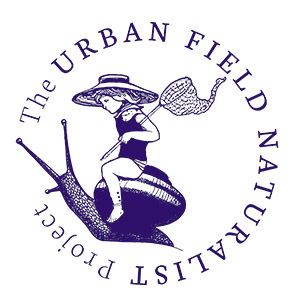
The Spider Wasp's Dilemma
Dieter Hochuli

At certain times of the year around Sydney a bunch of giant orange wasps spend their time scouring their surrounds for large spiders. They are unmissable, a bright orange flash poking around every nook and cranny in search of their unfortunate prey. Seeing a spider wasp, members of the family Pompilidae, dragging a paralysed Huntsman spider back to a convenient hole or burrow is a common sight and one that captures the beauty and brutality of nature in one convenient image.
The biology behind these interactions is pretty straightforward. The wasp paralyses the spider, typically lays a single egg on the spider, buries it, and leaves its larvae to feed on the undead host.
It’s worth taking the time to watch the trials and tribulations surrounding these interactions when you stumble upon them. This pompilid (spider wasp) I observed spent 30 minutes trying to get her paralysed victim into a convenient spot outside my home. After an admirably tenacious effort to lift the spider into a vent at the side of the house, she threw in the towel. In their inimitable way, ants then went to town on the unfortunate arachnid, dismembering it in short term. As with many ecological interactions in the city, ants came out as the winners. But that’s another story.


Prof. Dieter Hochuli is a career ecologist, focusing on urban invertebrate diversity and human connection to nature. I have jointly created The Urban Field Naturalist Project with the aim of increasing community connection to nature.